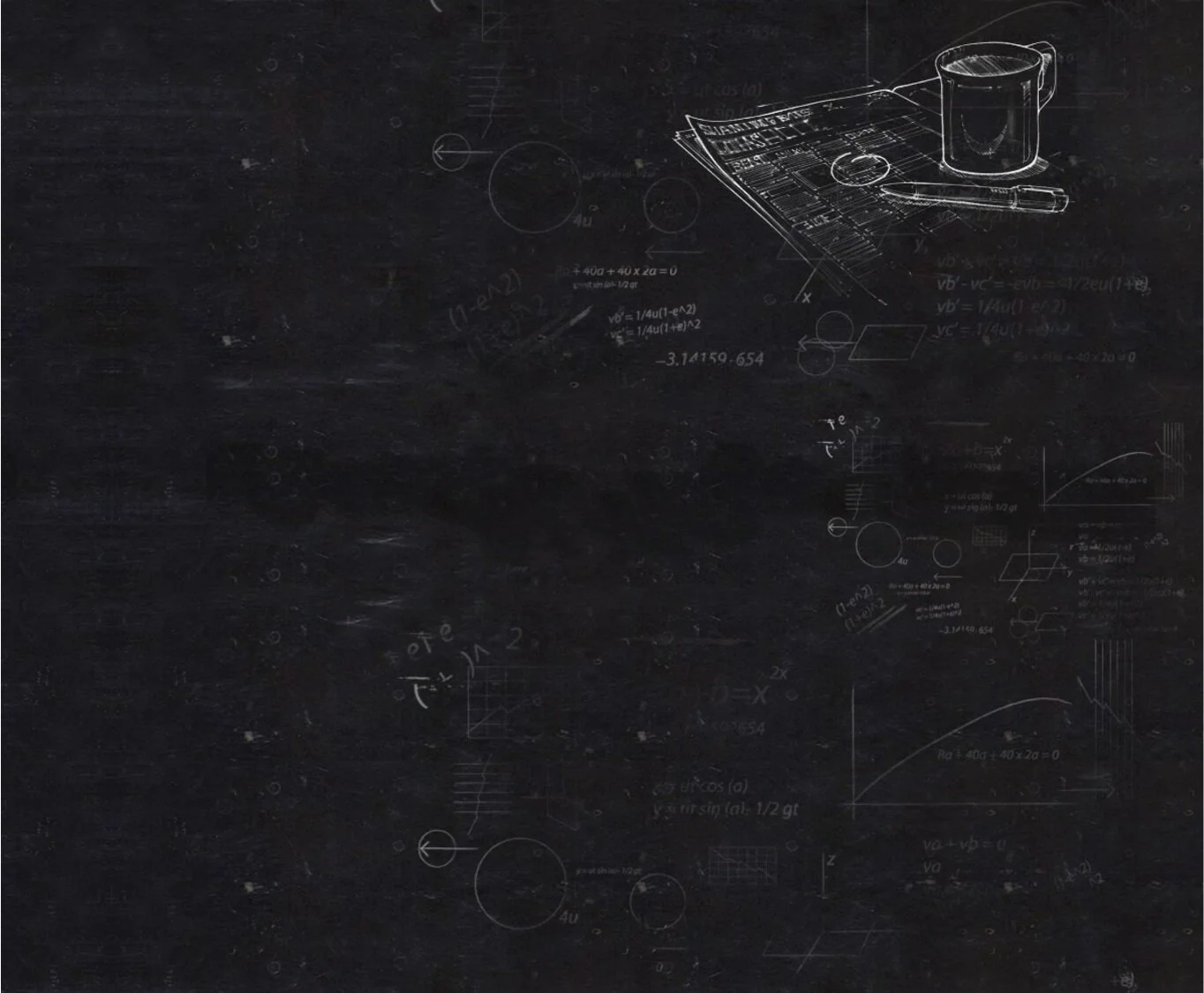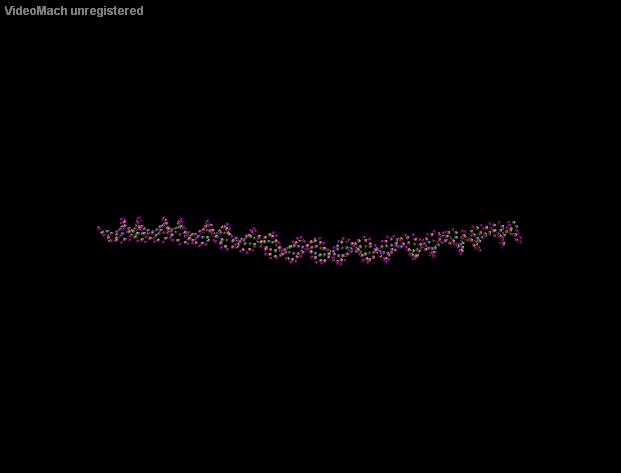We explore molecular life science through theory, curiosity, and enthusiasm.
我們透過理論、好奇心以及熱忱來探索分子生命科學。
Research in MYTLab is primarily at the interface of physics, chemistry, and biology. We employ physical and chemical theories to understand biological processes from a molecular perspective. Our research focuses on computational studies on protein-protein/protein-nucleic acids interactions using multi-scale molecular dynamics (MD) simulations (e.g., all-atom and coarse-graining approach). We aim to understand how biological specificity influences a cell’s function at the molecular level. Find out how you can contribute.
MYTLab 的研究主要是屬於物理、化學和生物學的交叉領域。 我們運用物理和化學理論從分子角度理解生物過程。 我們的研究重點是使用多尺度分子動力學模擬(例如,全原子和粗粒化方法)對蛋白質-蛋白質/蛋白質-核酸相互作用進行計算研究。 我們的目標是了解生物特異性如何在分子水平上影響細胞的功能。 了解您可以如何做出貢獻。







